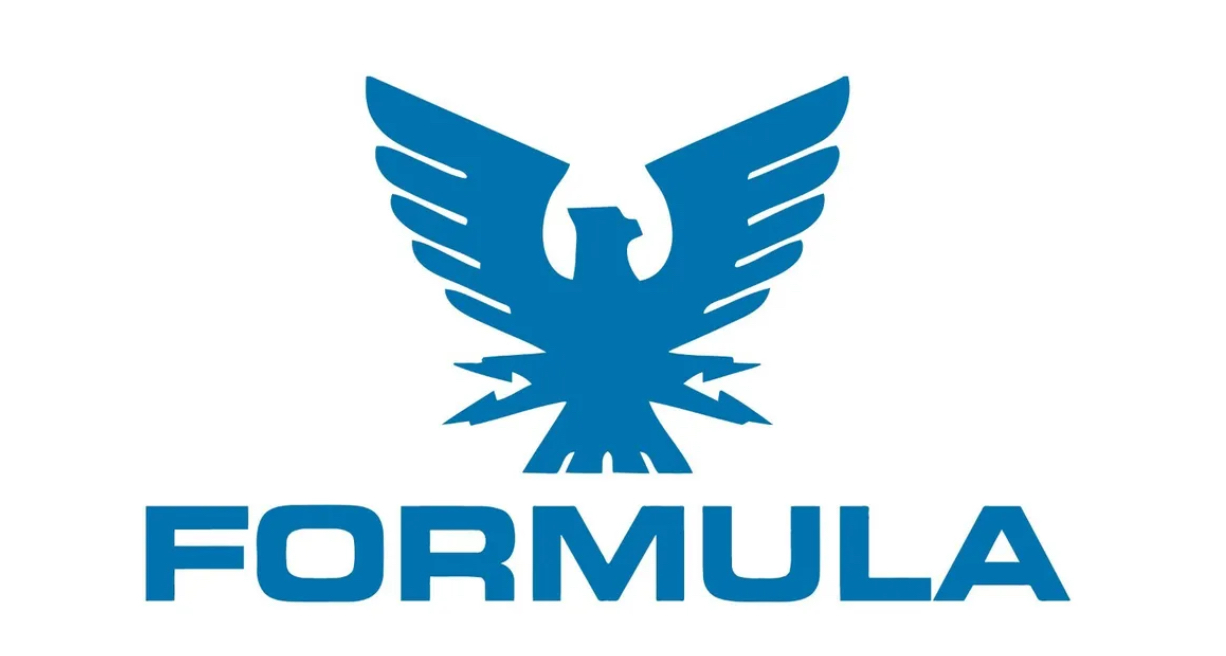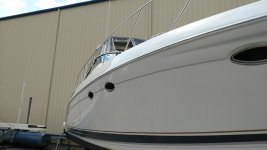SabrToothSqrl
Well-known member
With owning a few black cars, it was time to step it up to a real dual action buffer and tools... so I did.
Spent 6 hours on EACH of my cars. Then turned to the boat. My everything hurts.
The good news is, the cars look awesome.
The boat... well, the graphics look good, but it's left some residue around them.
I can buff off the residue, but it's a hassle.
The DA buffer with a 5" pad just isn't going to cut it w/a 30 foot boat!
What do you guys use for the white fiberglass?
I plan to masking tape off the graphics I did, and get the white... whiter.
thanks.
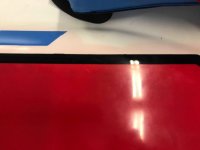


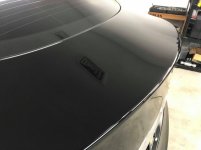

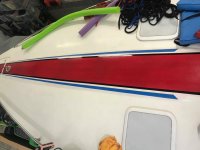
Spent 6 hours on EACH of my cars. Then turned to the boat. My everything hurts.
The good news is, the cars look awesome.
The boat... well, the graphics look good, but it's left some residue around them.
I can buff off the residue, but it's a hassle.
The DA buffer with a 5" pad just isn't going to cut it w/a 30 foot boat!
What do you guys use for the white fiberglass?
I plan to masking tape off the graphics I did, and get the white... whiter.
thanks.






